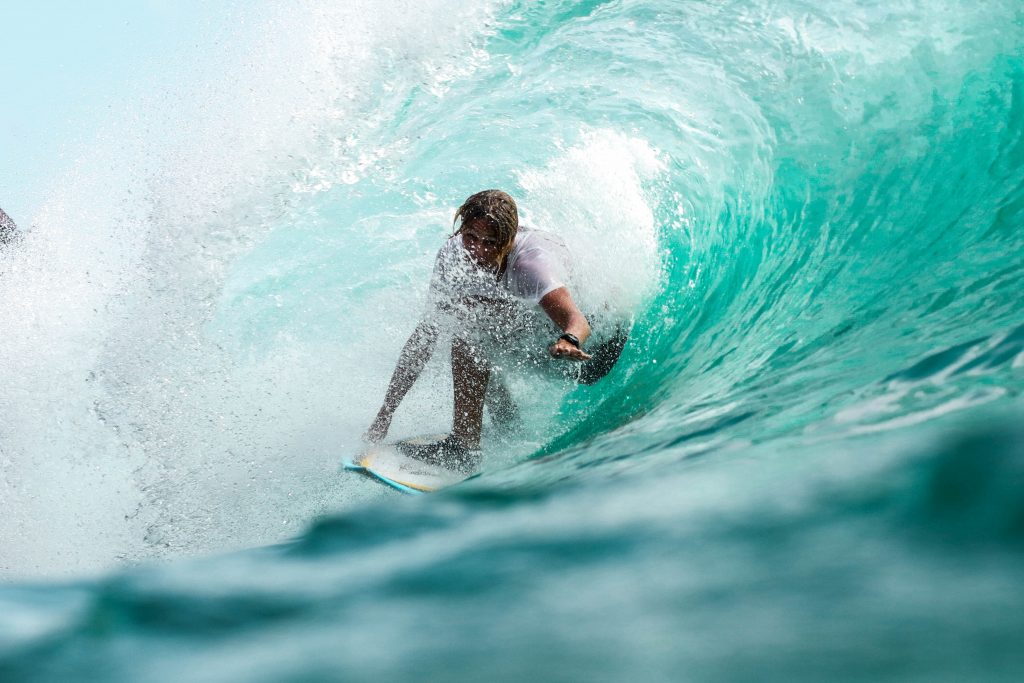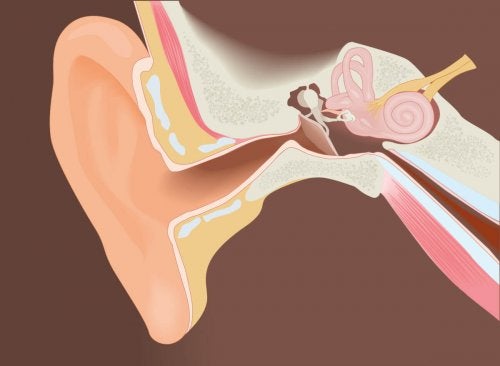External auditory exostosis, often referred to as surfer’s ear, commonly affects people who practice water sports and causes poor drainage of the outer ear canal, which can lead to hearing loss. Keep reading to find out how it is treated and discover some tips on how to avoid suffering this condition.
What is surfer’s ear?
Someone with exostosis or surfer’s ear will develop benign bony growths, or osteoma, on the temporal bone in the external ear canal. While the growths themselves do not present any danger to the patient, this deformity can cause drainage issues and lead to blockages caused by water, wax or other residues that may enter the ear canal. These blockages can easily lead to infections such as swimmer’s ear. Recurring and prolonged infections can be the cause of hearing loss.
Commonly referred to as surfer’s ear, the chronic symptoms this condition presents with as a result of the exostoses are often seen in people who practice water sports or are exposed to cold water and air for prolonged periods of time.
In an interview in CuidatePlus magazine, Urko Merino Garay, author of a study titled “Epidemiología de las lesiones asociadas a la práctica del surf en Cantabria” (Epidemiology of injuries associated with surfing in Cantabria),states that: “The prevalence of this pathology (in people who practice water sports) is very high, much higher than in the general population. It can affect people who do not surf, but this is rare.”
Treatment and prevention of exostoses
Health professionals recommend regular hearing checks to monitor the irregular growth of the temporal bone and any of the symptoms that it may cause. These tests aim to avoid any possible complications from the onset of the condition. Like cases of swimmer’s ear (otitis externa), early stage surfer’s ear is treated with antibiotic drops.
If the condition has progressed further, it will be solved by means of a surgical procedure known as a canaloplasty. This operation involves making an incision behind the ear and extracting the growths that have developed on the temporal bone and blocked the canal using a drill. The procedure can also be carried out from within the ear canal itself. The incision is then sutured and the stitches are removed a week later. However, patients must avoid contact with cold water, wind and moisture during the recovery period, which can last from 1-3 months.

Anyone affected by surfer’s ear can help to prevent the reappearance of exostoses by making simple changes in ear hygiene:
- The use of ear plugs is recommended in order to prevent moisture, water or cold air from entering the ear canal. However, every patient’s case should be studied individually, as ear plugs can also cause damage by pushing wax further into the ear.
- Using a swimming cap or mask with ear covers while in the water will also help.
- On leaving the water, it is advisable to finish drying the ears with a hair dryer in order to ensure that every trace of moisture has been removed from the ear canal.
- If this is not possible, drops can be used to dry the ear, as long as they have a low alcohol content to prevent any irritation.
- It is important to remember that innate predisposition plays a significant role in exostoses in the ear canal, as not everyone who plays water sports develop them.
Have you ever suffered from exostoses or surfer’s ear? What are your top tips for preventing them? We look forward to reading your comments!

Leave a Reply